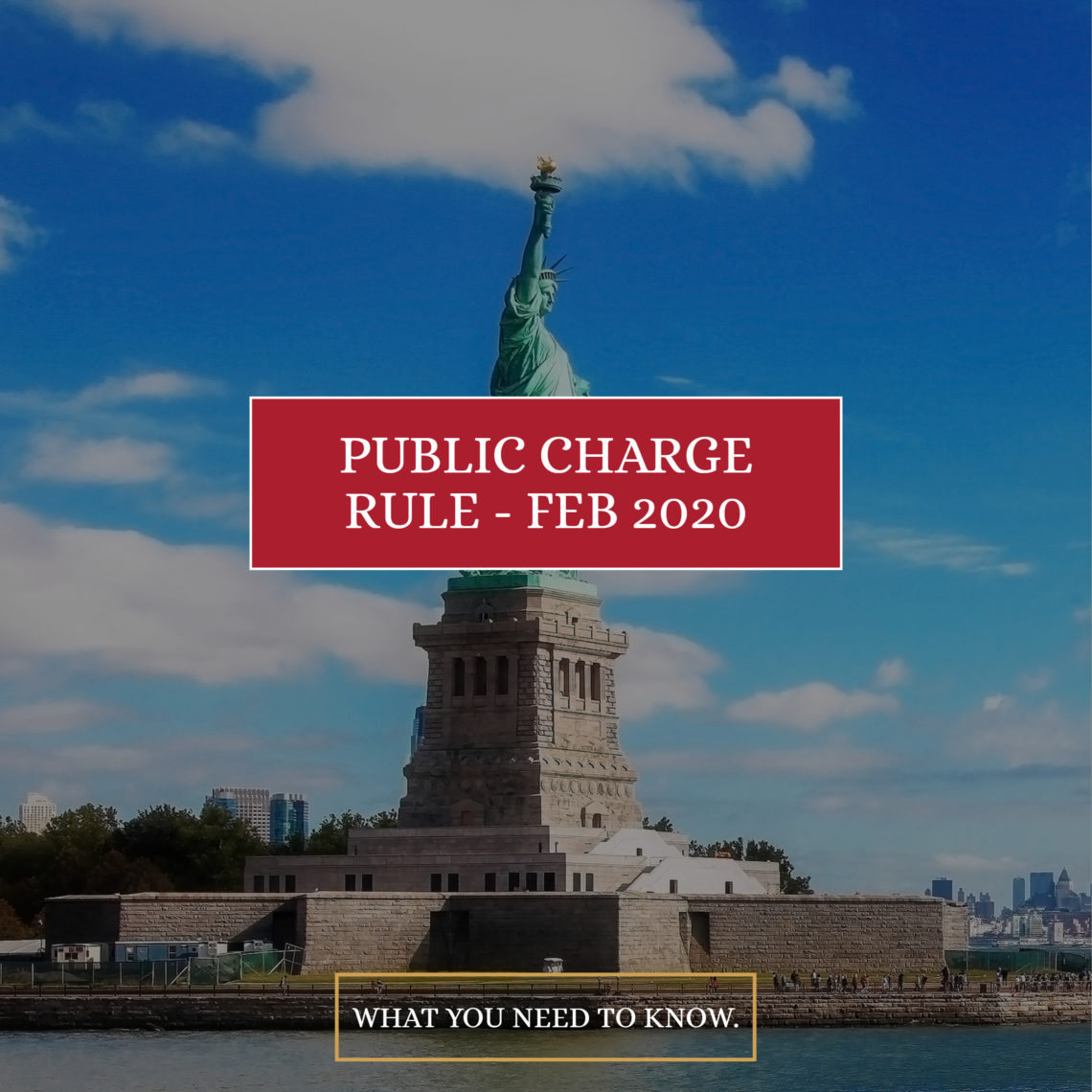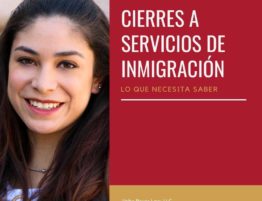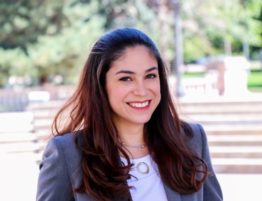
2020 Public Charge Rule - Breakdown
Starting February 24, 2020, U.S. Citizenship and Immigration Services (USCIS), will start implementing the Public Charge Rule.
- What is the Public Charge Rule?
- Immigrants wanting Permanent Residence in the U.S. have to demonstrate that they are not likely to become a public charge. This rule has always existed.
- The new rule changed the public charge definition to say that anyone who has used public benefits for 12 months in a 36 month period is considered a public charge.
- As part of the updated rule, immigrants will now need to submit form I-944 with their adjustment applications. Form I-944 can be found here: https://www.uscis.gov/i-944
- Who does the Public Charge Rule affect?
- Anyone applying for Adjustment of Status (those submitting form I-485) will need to demonstrate that they are not likely to become a public charge in the U.S.
- Who does the Public Charge Rule NOT affect?
- Refugees
- Asylum Applicants
- Certain U-Visa, T-Visa, and other crime based applicants
- VAWA Self petitioners
- What benefits are considered “bad” for purposes of the public charge rule?
- Supplemental Security Income (SSI)
- Temporary Assistance for Needy Families (TANF)
- Any federal, state, local, or tribal cash benefit programs for income maintenance (Cash Assitance)
- Supplemental Nutrition Assistance Program (Food Stamps);
- Section 8 Housing Assistance;
- Public Housing
- Federally funded Medicaid (with certain exclusions).
- Will they only look at whether benefits were used or not?
- NO!
- Benefits used are only one part of the public charge determination
- USCIS will also look at an applicant’ s:
- Age
- Health
- Family Status
- Education and Skills
- Prospective Immigration Status
- Sponsor financials using form I-864
Remember, this is general information. If you have more questions about how the public charge rule and your case specifically you can call us and schedule a consultation at: 303-317-5516.




